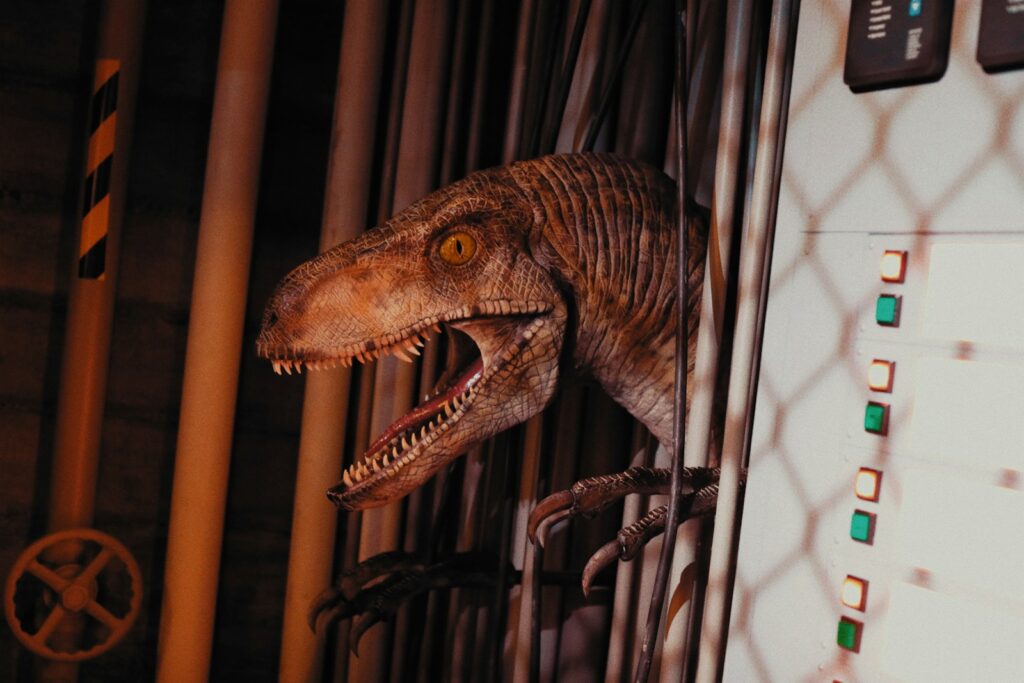The idea of having dinosaurs as pets has captivated our imagination since the first fossils were discovered. From the terrifying T-Rex to the majestic Brachiosaurus, these prehistoric creatures continue to fascinate us through museums, movies, and books. While scientifically impossible (given the 65-million-year gap between humans and dinosaurs), it’s still entertaining to consider which dinosaur species might make the least destructive household companions. This article explores various dinosaur species from the perspective of their potential as pets, considering their size, temperament, diet, intelligence, and care requirements—all factors that would influence their compatibility with human homes and lifestyles.
Comps: The Dinosaur Equivalent of Chickens

Compsognathus, often called “compies,” were among the smallest dinosaurs, measuring only about the size of a chicken. These turkey-sized theropods weighed approximately 6-8 pounds and stood just 1-2 feet tall. Their small stature would make them relatively manageable as pets, requiring minimal space compared to their larger relatives. Compies were carnivores, but their diet consisted mainly of insects, lizards, and other small animals, meaning they wouldn’t need enormous quantities of meat. Their quick, agile movements might make them entertaining to watch, somewhat like having exotic birds. However, their predatory nature and pack mentality, as portrayed in “The Lost World: Jurassic Park,” suggest they might still pose risks if not properly contained or socialized.
Microraptor: The Four-Winged Wonder

Microraptors represent an intriguing pet possibility, with their crow-sized bodies and fascinating four-winged structure. These small dromaeosaurids weighed only 2-3 pounds and measured about 2.5 feet long, including their tail. Their ability to glide between trees using their feathered limbs would make them spectacular to observe, perhaps similar to keeping exotic birds like parrots. As carnivores, they would require a diet of small vertebrates and insects, manageable for a dedicated owner. Their intelligence, likely comparable to modern birds of prey, suggests they could potentially be trained with proper techniques. The main drawback would be ensuring they had enough space for gliding activities while preventing escape, perhaps requiring a large aviary-like enclosure within the home.
Psittacosaurus: The Parrot-Beaked Herbivore
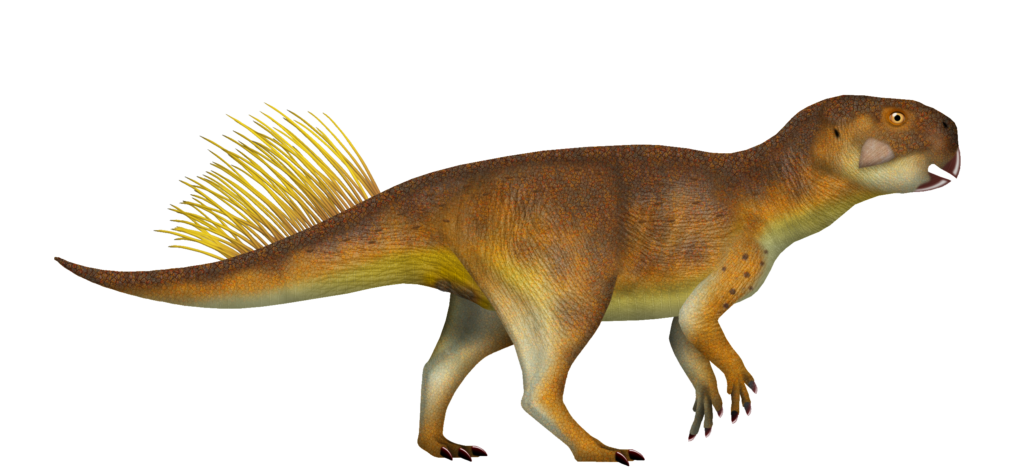
Psittacosaurus, whose name means “parrot lizard,” offers several advantages as a potential pet dinosaur. This early ceratopsian (relative of Triceratops) stood about 2 feet tall and reached 6-7 feet in length, making it larger than a dog but still manageable in a home with sufficient space. As strict herbivores, Psittacosaurus would be significantly less dangerous than carnivorous options, happily munching on plants, fruits, and vegetables rather than eyeing smaller household members as potential meals. Their parrot-like beaks were designed for cropping vegetation, not tearing flesh, further reducing the risk factor. Fossil evidence suggests they were social animals that lived in groups, indicating they might respond well to interaction and perhaps even training, similar to how parrots can form bonds with their owners.
Protoceratops: The “Sheep of the Cretaceous”
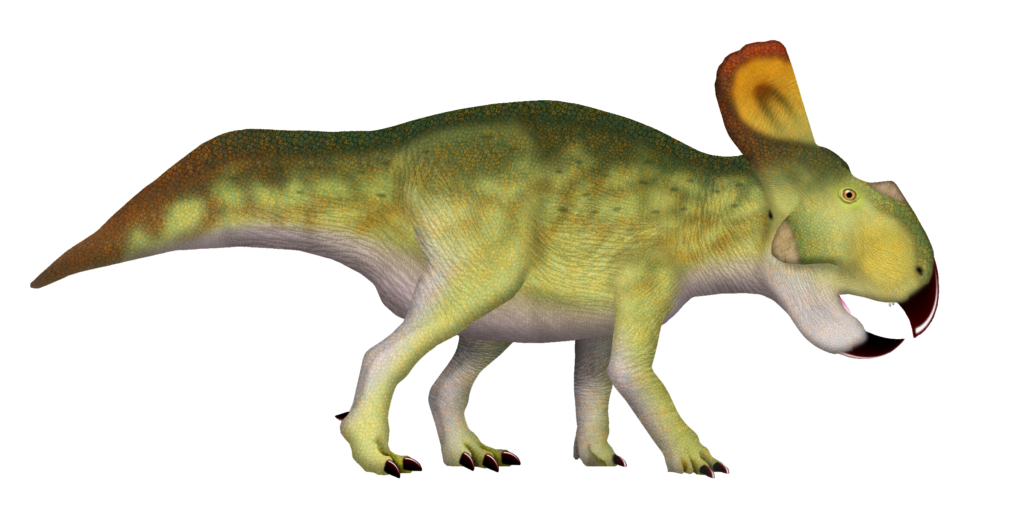
Protoceratops presents another compelling herbivorous option, often nicknamed the “sheep of the Cretaceous” due to its size and likely social behavior. These early ceratopsians were relatively small for dinosaurs, standing about 3 feet tall and measuring 6-8 feet long, comparable to a large dog or small pony. Their distinctive frilled heads give them an exotic appearance, while their beaked mouths are perfectly adapted for a plant-based diet, making them safer than meat-eaters. Fossil evidence of nesting grounds suggests Protoceratops were social animals that cared for their young, potentially making them responsive to human interaction and training. Their four-legged stance provided stability, meaning they would be less likely to accidentally knock over household items compared to bipedal species that relied on their tails for balance.
Dryosaurus: The Gazelle-Like Grazer
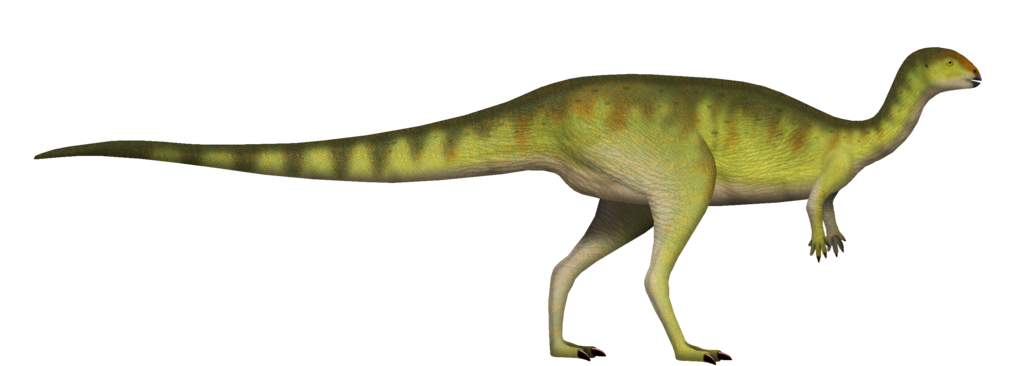
Dryosaurus would make an interesting pet candidate, with its gazelle-like build and herbivorous diet. These ornithopods stood about 5 feet tall and measured 10 feet long, making them larger than most household pets but still smaller than many dinosaurs. Their slender build and adaptation for speed suggest they would need considerable space to exercise, perhaps requiring a large yard or regular walks in open areas. As plant-eaters, their diet would be relatively simple to provide, consisting of various vegetation that could be grown or purchased. Their intelligence is estimated to have been higher than reptiles but lower than mammals, potentially allowing for basic training and human bonding. The main challenge would be accommodating their instinct to flee from perceived threats, requiring careful socialization to prevent stressed behavior in the home environment.
Thescelosaurus: The “Wonderful Lizard” Roommate

Thescelosaurus, whose name ironically means “wonderful lizard,” offers several practical advantages as a hypothetical household dinosaur. These ornithopods reached about 10-13 feet in length but had a relatively lightweight build, making them more manageable than many dinosaurs of similar size. As omnivores with a diet primarily consisting of plants supplemented by occasional small animals or insects, they would be less dangerous than dedicated carnivores while having more flexible dietary needs than strict herbivores. Their bipedal stance when active, but their ability to drop to all fours when feeding, suggests adaptability to different home environments. Fossil evidence indicates they had relatively large brain cases for their body size, potentially signaling higher intelligence that could translate to trainability. Their moderate size and calm demeanor would likely cause less household destruction than more massive or aggressive species.
Hypsilophodon: The Agile Apartment Dweller

Hypsilophodon represents one of the most practical dinosaur pet options, particularly for those with limited space. These small ornithopods measured only about 5-6 feet long and stood roughly 2 feet tall at the hip, making them comparable to medium-sized dogs. Their light build—estimated at 20-50 pounds—means they could navigate indoor spaces without causing structural damage. As herbivores, their diet would be safe and straightforward, consisting of various plants and vegetation that could be easily sourced. Paleontologists believe Hypsilophodon was quite agile and intelligent by dinosaur standards, suggesting they might respond well to training and enrichment activities. Their modest size, plant-based diet, and potentially trainable nature make them one of the least destructive dinosaur pet options for modern living spaces.
Oviraptor: The Misunderstood Nest-Keeper

Oviraptors have been mischaracterized since their discovery, initially thought to be egg thieves when they were caring parents guarding their nests. This medium-sized theropod stood about 3 feet tall and measured 6-8 feet long, including its tail. Their relatively small size compared to many dinosaurs would make them manageable in larger homes. While technically omnivores, oviraptors appear to have specialized in eating items like mollusks, plants, seeds, and possibly eggs, rather than being active predators of larger animals. Their parental behavior, demonstrated by fossils of adults found atop nests in protective postures, suggests a capacity for care and perhaps attachment that might translate to bonding with human owners. Their toothless beaks would be less dangerous than the teeth of many predatory dinosaurs, reducing the risk of serious injury from bites.
Heterodontosaurus: The Pocket-Sized Omnivore
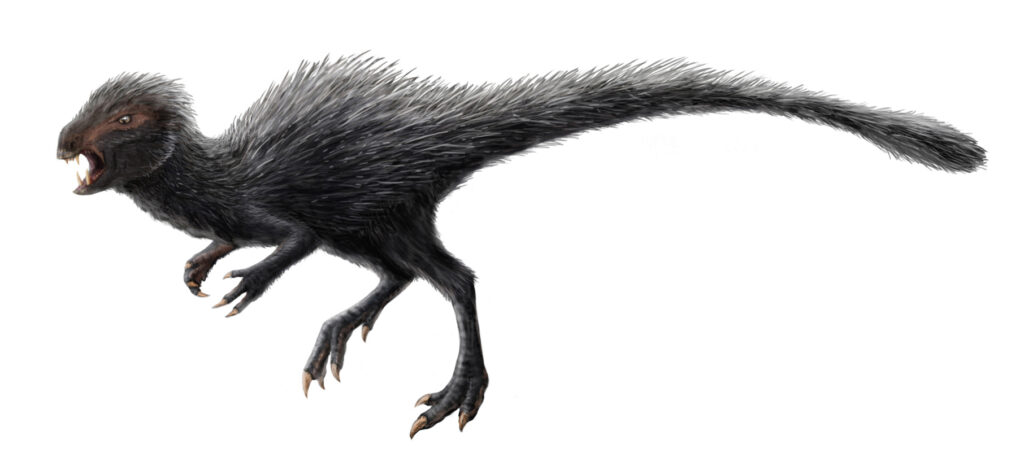
Heterodontosaurus represents one of the smallest dinosaur pet options, making it suitable for apartments or homes with limited space. These early ornithischians measured only about 3 feet long and stood roughly 1 foot tall, with an estimated weight of 5-10 pounds, comparable to a medium-sized dog. Their name, meaning “different-toothed lizard,” refers to their specialized dentition that included plant-crushing molars and small canine-like teeth, indicating an omnivorous diet that would be relatively easy to provide. Their small size meant they wouldn’t require excessive food or space, making them economical to maintain compared to larger species. Fossil evidence suggests they were relatively intelligent for early dinosaurs, with enlarged brain cases proportional to their body size. Their tiny stature would naturally limit the physical damage they could cause to household furnishings and structures.
Leaellynasaura: The Cold-Adapted Companion

Leaellynasaura offers a fascinating pet possibility, particularly for owners living in cooler climates. These small ornithopods lived in what is now Australia during a period when it was within the Antarctic Circle, developing adaptations for low-light conditions and cool temperatures. Measuring only about 6-10 feet long and standing 2-3 feet tall, they would require less space than many dinosaurs. Their herbivorous diet consisted of the tough vegetation that grew in their polar environment, suggesting they could thrive on readily available plant matter. Perhaps most intriguingly, they possessed unusually large eyes and enlarged optic lobes in their brains, adaptations for the months-long polar darkness they endured. These enhanced visual capabilities might make them especially responsive to visual training cues and enrichment activities. Their adaptation to cold would make them comfortable in temperate climates without requiring special heating elements that many reptiles need.
Anchiornis: The Feathered Apartment Dweller
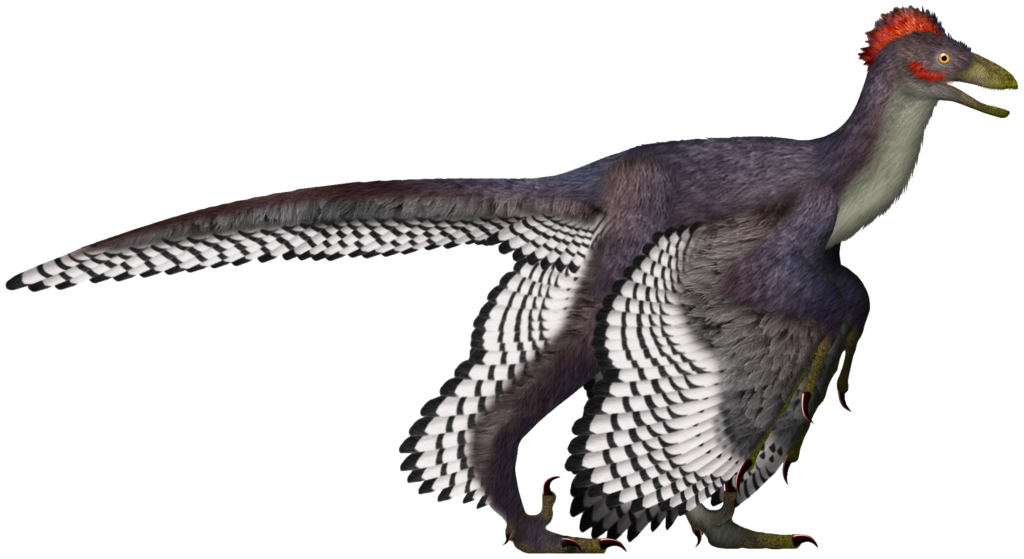
Anchiornis represents one of the most apartment-friendly dinosaur options, with its pheasant-sized body and stunning feathered appearance. This small paravian dinosaur measured only about 1 foot long and likely weighed less than a pound, making it comparable to keeping a modern exotic bird. Its body was covered in feathers, including long flight feathers on both its arms and legs, creating a visually striking appearance that would make it an aesthetic addition to any home. Fossil evidence shows it had black and white patterned plumage with a rufous crest and freckles, similar to some modern ornamental fowl. As a small carnivore, its diet would likely consist of insects and other invertebrates, requiring minimal food preparation. Their small size would naturally limit household destruction, though they would require secure housing to prevent escape and potential damage from chewing behaviors.
YiQii: The Bizarre Membrane-Winged Marvel
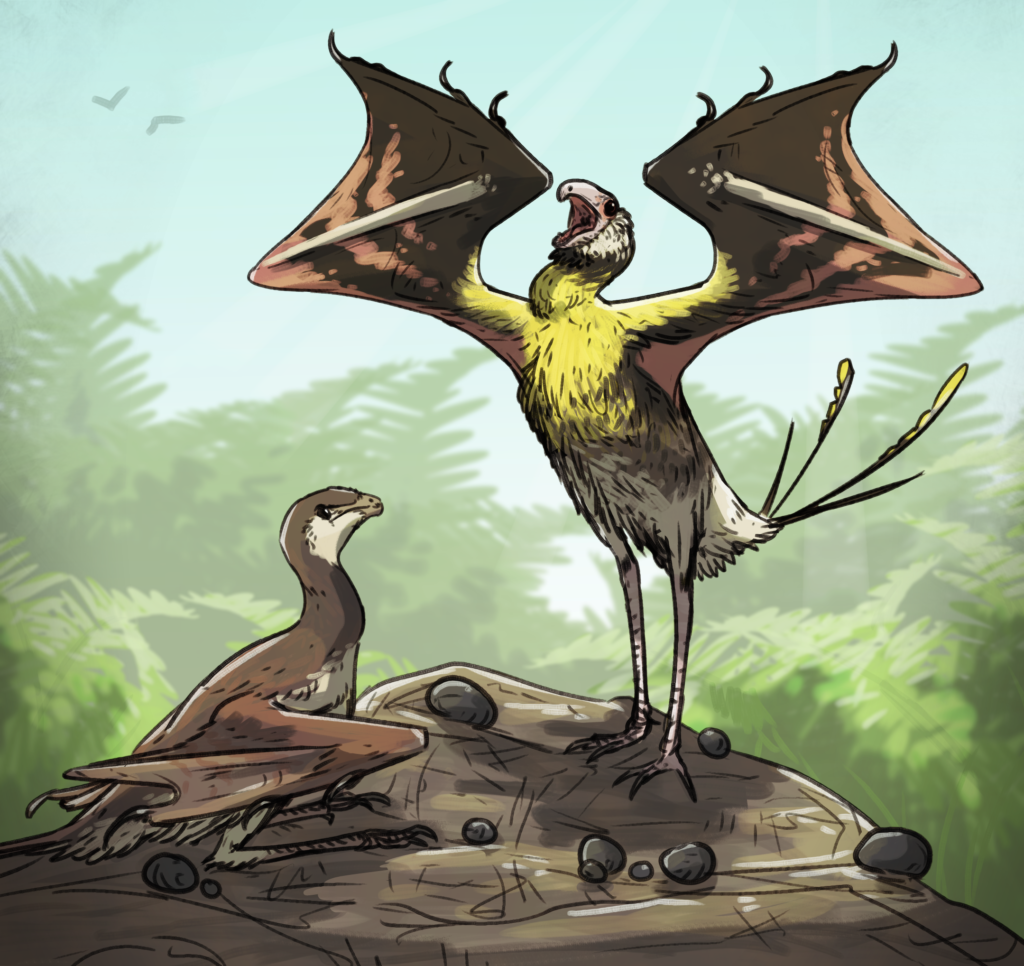
Yi qi (pronounced “ee chee”) would make perhaps the most unusual dinosaur pet, featuring a bizarre combination of dinosaur and bat-like characteristics. This small scansoriopterygid dinosaur weighed only about 380 grams (less than a pound) and measured roughly 1 foot long, making it one of the smallest potential dinosaur pets. What makes Yi qi truly remarkable is its unique membrane-wing structure, supported by an elongated wrist bone not seen in any other dinosaur, creating a wing structure somewhat like modern bats or flying squirrels. This small size and weight would make it minimally destructive to household items and furniture. Its diet likely consisted of insects and other small invertebrates, similar to modern insectivorous birds, making feeding relatively straightforward. The main challenge would be providing appropriate climbing structures and gliding spaces within the home, perhaps requiring a custom aviary-like setup.
Practical Considerations for Dinosaur Pet Ownership
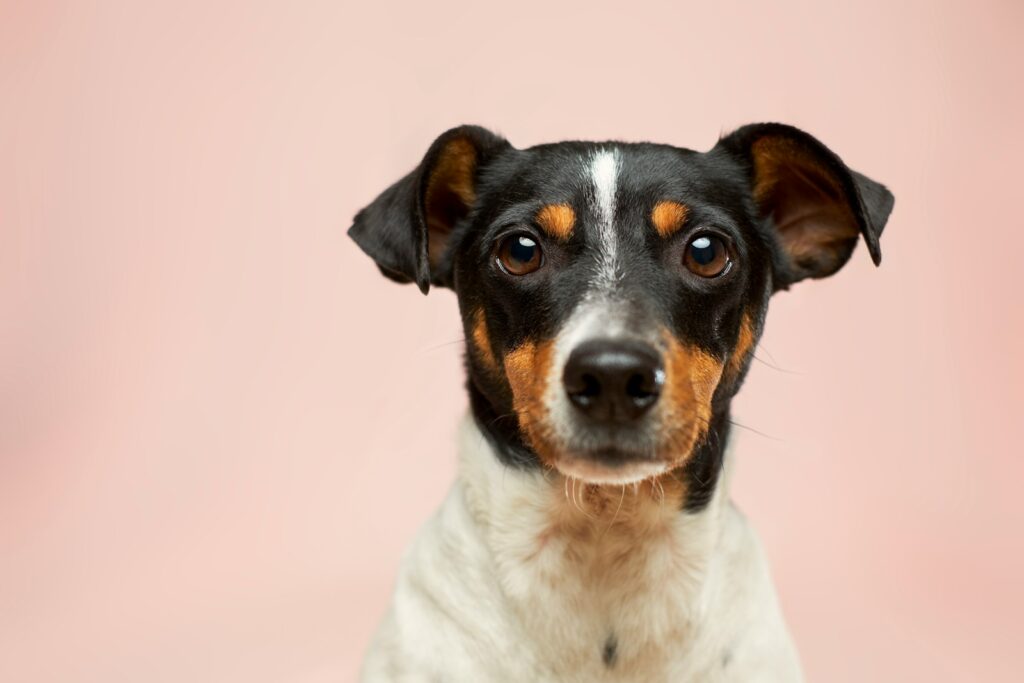
Beyond selecting a less destructive dinosaur species, practical considerations would make dinosaur pet ownership challenging regardless of the chosen species. Modern reptiles require specific temperature and humidity conditions to thrive, and dinosaurs would likely have similar or more complex environmental needs based on their Mesozoic habitats. Veterinary care would be nonexistent, as no modern veterinarian would have training in prehistoric animal medicine or anatomy. Legal considerations would be immense, as no existing pet ownership laws address extinct species, potentially requiring special permits or exemptions. Ethical questions would also arise regarding keeping intelligent creatures from environments radically different from our modern world. Even the most manageable dinosaur would face significant adaptation challenges to modern atmospheric conditions, which differ considerably from their native Mesozoic air composition, potentially causing respiratory issues or other health problems.
Conclusion: The Dinosaur Pet Dream
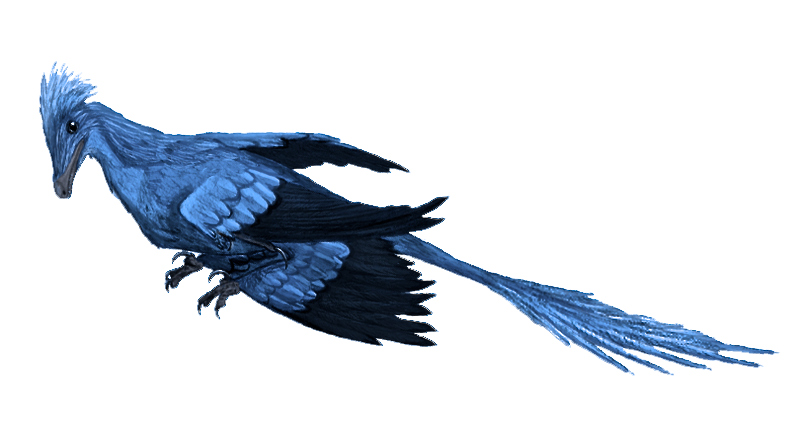
While the prospect of keeping dinosaurs as pets remains firmly in the realm of science fiction, our exploration reveals that certain species would indeed be less destructive than others if such a scenario were possible. The smallest contenders—Compsognathus, Microraptor, Anchiornis, and Yi qi—would naturally cause the least physical damage due to their diminutive size. Herbivores like Psittacosaurus and Hypsilophodon offer advantages through their plant-based diets and potentially calmer demeanors. However, even the least destructive dinosaur would present extraordinary challenges that no modern pet owner faces, from unknown behavioral needs to prehistoric dietary requirements. Perhaps the true value in contemplating dinosaurs as pets lies not in their practicality but in how they expand our understanding of these fascinating creatures beyond their fearsome movie portrayals, helping us appreciate their diverse characteristics and ecological roles. For now, we’re probably better off sticking with dogs, cats, and goldfish, leaving dinosaurs to museums, movies, and our imagination.


